Harley Speed Sensor Symptoms; By Sensor Guides
Harley-Davidson motorcycles are renowned for their power and performance, and the speed sensor plays a crucial role in ensuring an accurate reading of the motorcycle’s speed and the overall functionality of various systems.
In this article, we will explore the symptoms of a faulty Harley speed sensor and discuss the diagnostic process, replacement procedures, preventive maintenance tips, and when it is necessary to seek professional help.
Table of Contents
What is a Speed Sensor?
A speed sensor, also known as a vehicle speed sensor (VSS), is a vital component of a motorcycle’s electronic system. It is responsible for monitoring the rotational speed of the wheels and transmitting that information to the motorcycle’s onboard computer or control module. The speed sensor provides crucial data for various systems, such as the speedometer, cruise control, anti-lock braking system (ABS), and traction control.
Types of Speed Sensors
There are different types of speed sensors used in Harley-Davidson motorcycles, including:
- Hall Effect Sensors: These sensors utilize the Hall Effect to detect changes in magnetic fields, generating an electrical signal based on wheel speed. They are commonly used in modern Harley models.
- Inductive Sensors: Inductive speed sensors utilize electromagnetic induction to detect wheel speed. They consist of a coil and a magnetic rotor, and as the wheel rotates, it creates a change in the magnetic field, resulting in an electrical signal.
- Photoelectric Sensors: These sensors use a light source and a photodetector to determine the speed of the rotating wheel. The wheel’s interruption or reflection of the light beam triggers the sensor to generate a signal.
Common Symptoms of a Faulty Harley Speed Sensor
Identifying the symptoms of a faulty speed sensor is crucial to prevent potential problems and ensure the motorcycle’s optimal performance. Here are some common symptoms to watch out for:
Inaccurate Speedometer Readings
One of the primary indicators of a faulty speed sensor is an inaccurate speedometer reading. The speedometer may display speeds significantly higher or lower than the actual speed of the motorcycle.
Cruise Control Malfunction
A malfunctioning speed sensor can disrupt the proper functioning of the motorcycle’s cruise control system. The cruise control may fail to engage or maintain a steady speed, leading to an inconsistent riding experience.
ABS or Traction Control Issues
Speed sensors are integral components of the ABS and traction control systems. If the speed sensor malfunctions, it can cause these safety features to malfunction as well. You may experience difficulty in braking or notice unusual behavior in the traction control system.
Engine Misfires or Stalling
A faulty speed sensor can sometimes lead to engine misfires or stalling. The motorcycle’s engine relies on accurate speed data to adjust various parameters for optimal performance. If the sensor provides incorrect information, it can disrupt the engine’s operation, resulting in misfires or stalling.
Transmission Problems
A malfunctioning speed sensor can affect the motorcycle’s transmission system. You may notice erratic shifting, difficulty engaging gears, or even complete transmission failure.
Diagnostic Process for Identifying Speed Sensor Issues
To diagnose speed sensor issues, a systematic approach is essential. Here’s a step-by-step process to identify and troubleshoot problems related to the speed sensor:
Start by visually inspecting the speed sensor and its wiring for any visible damage or loose connections. Check for signs of corrosion or moisture ingress, which can impact the sensor’s functionality.
Using Diagnostic Tools
Utilize diagnostic tools, such as a digital multimeter or an onboard diagnostic (OBD) scanner, to retrieve error codes and obtain real-time data from the motorcycle’s electronic systems. These tools can provide valuable insights into the speed sensor’s performance.
Testing the Sensor Signal
With the help of a multimeter, you can test the speed sensor’s signal while rotating the wheel manually. Compare the obtained readings with the specifications provided by the motorcycle manufacturer to determine if the sensor is functioning within the expected range.
Checking Wiring and Connections
Inspect the wiring harness connected to the speed sensor for any signs of wear, damage, or loose connections. Repair or replace any faulty wiring or connectors as necessary.
How to Replace a Faulty Speed Sensor?
If the speed sensor is found to be faulty during the diagnostic process, it is crucial to replace it to restore the motorcycle’s optimal performance. Here is a step-by-step guide to replacing a faulty speed sensor:
Gathering the Necessary Tools and Parts: Before starting the replacement process, gather the required tools and a compatible replacement speed sensor. Consult the motorcycle’s service manual or manufacturer guidelines for specific recommendations.
Locating the Speed Sensor: Refer to the motorcycle’s service manual to locate the speed sensor. It is typically positioned near the wheel hub or transmission area.
Removing the Old Sensor: Carefully disconnect the wiring harness connected to the speed sensor. Use appropriate tools to remove the sensor from its mounting location. Take note of the sensor’s orientation for the installation of the new sensor.
Installing the New Sensor: Install the new speed sensor in the same position as the old sensor. Ensure a secure fit and reconnect the wiring harness, ensuring proper connections.
Testing the New Sensor: Once the new speed sensor is installed, perform a test ride to verify its functionality. Monitor the speedometer readings and check for any abnormalities. If the new sensor is functioning correctly, you have successfully replaced the faulty speed sensor.
Preventive Maintenance Tips for Harley Speed Sensors
To maintain the longevity and optimal performance of your Harley speed sensor, consider the following preventive maintenance tips:
Regular Inspection and Cleaning: Periodically inspect the speed sensor for any signs of damage or corrosion. Clean the sensor and its surrounding area using a non-corrosive cleaner and a soft brush to remove dirt, debris, or any built-up grime.
Avoiding Excessive Moisture Exposure: Protect the speed sensor and its wiring harness from excessive moisture exposure. Consider using protective covers or shields to prevent water ingress. Also, avoid high-pressure water cleaning the motorcycle to prevent water from seeping into sensitive components.
Handling Electrical Components with Care: Exercise caution when working with electrical components, including speed sensors. Avoid using excessive force when disconnecting or reconnecting wiring harnesses to prevent damage. Handle the sensors with care to avoid impact or mishandling that could potentially lead to sensor failure.
When to Seek Professional Help
While some speed sensor issues can be resolved by following the outlined steps, there are situations where professional assistance is recommended:
Complex Diagnostic Issues: If the diagnostic process becomes complex or beyond your technical expertise, it is advisable to consult a qualified mechanic or a Harley-Davidson authorized service center. They have the necessary equipment and expertise to diagnose and address complex speed sensor problems.
Lack of Experience or Technical Knowledge: If you are unsure about your ability to perform the diagnostic or replacement process correctly, it is better to seek professional help to avoid further damage or complications.
Warranty or Insurance Coverage: If your motorcycle is under warranty or covered by insurance, it is recommended to consult an authorized service center to ensure compliance with warranty terms or insurance requirements.
Conclusion
The speed sensor is a crucial component of your Harley-Davidson motorcycle, contributing to accurate speedometer readings and the proper functioning of various systems such as cruise control, ABS, and traction control. By understanding the symptoms of a faulty speed sensor, following the diagnostic process, performing timely replacements, and adopting preventive maintenance measures, you can ensure optimal performance and safety while enjoying your Harley riding experience.

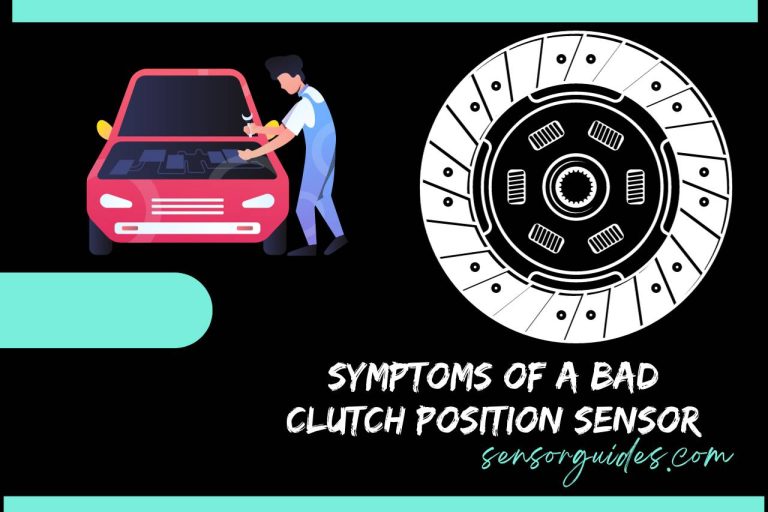
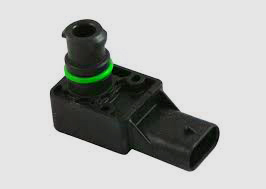
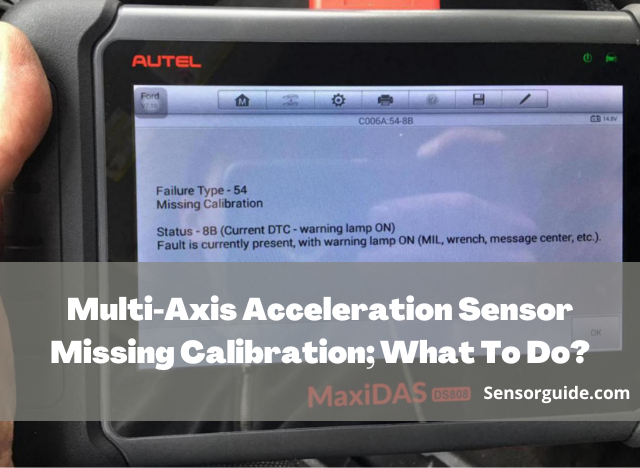
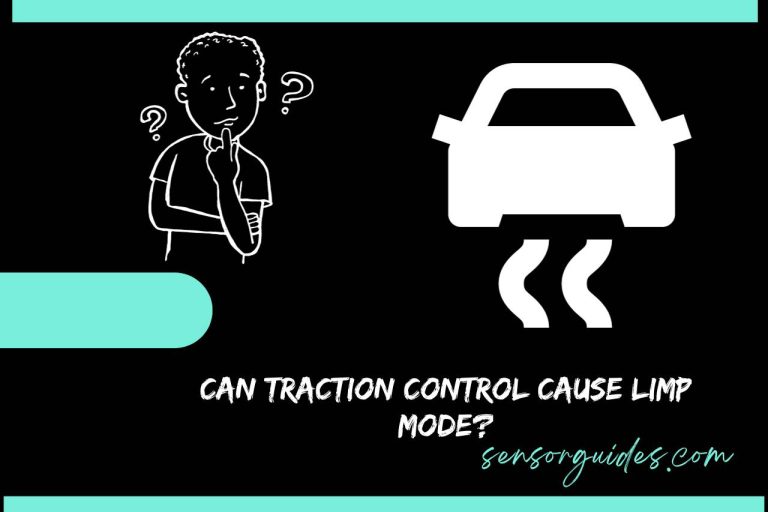
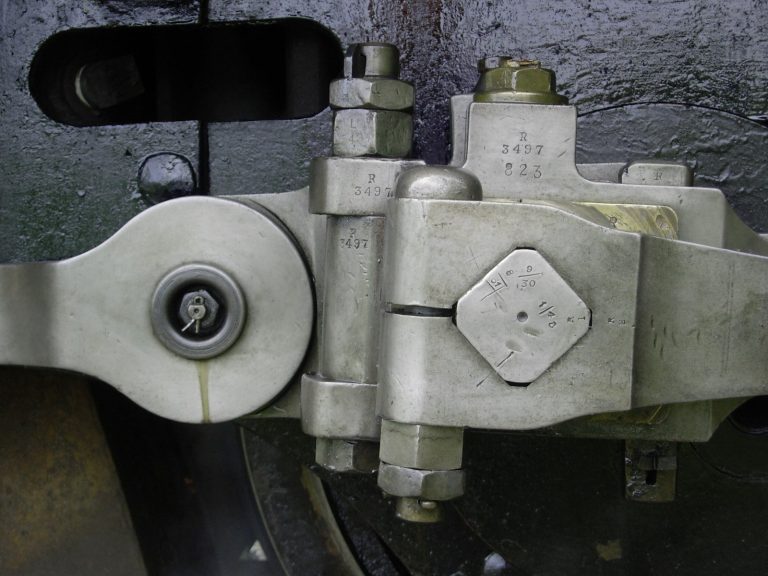
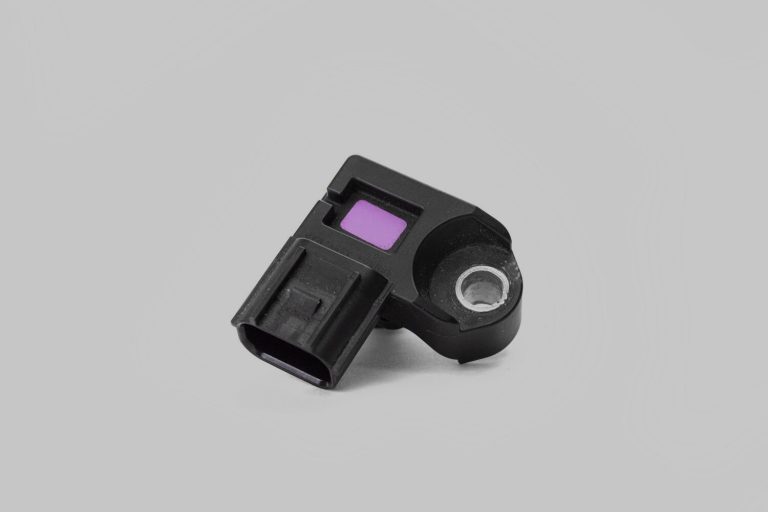
One Comment